|
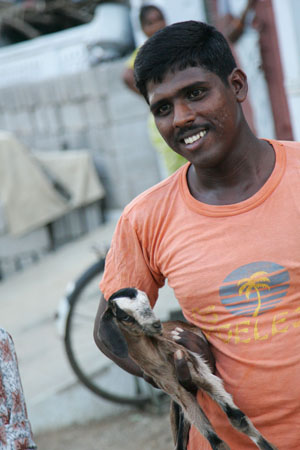 The value of livestock is rising The value of livestock is rising
Publication of Veterinary Today marks a milestone in development of the livestock sector in India – a sector that until now has received less prominence than it deserves. Livestock production has a diverse as well as critical role to play in food and nutritional security, rural employment, development and economic growth. Perhaps even more than cropping agriculture, the focus of most developing-country agricultural strategies, it can reduce poverty for millions of people in India. Here on the sub-continent, livestock are more equitably distributed among the poor than land and most of poor people who own no land depend on livestock to some extent for their livelihoods, as do millions of farmers who own small plots of land and nomadic or semi-nomadic pastoralists who make use of common rangelands.
Although the share of agriculture in India’s gross domestic product (GDP) has fallen from 37.9% in 1980/81 to 19.7% in 2005/06, and is expected to continue to fall as the country’s economic development progresses, the share of the value of livestock in agricultural GDP has been rising steadily from about 16% in the early 1970s to 26.6% in 2006/07.
But government expenditure is falling
Despite its growing importance, government expenditure on livestock as a proportion of total spending on agriculture has generally been falling for the past 40 years (although it did increase during the Tenth Five-Year Plan, 2002–07). Nevertheless, as a percentage of the value of output, public expenditure has fallen over the past 15 years from about 3.5% to just over 2%.
Despite this fall in public expenditure, the livestock sector is growing rapidly at 4.3% per year, fuelled by growing demand for milk, meat and eggs. In India as in other developing countries, demand for livestock products increases as incomes rise and people replace a proportion of the staple foods in their diet with higher value foods (livestock products, fruit, vegetables, fish etc.). Interestingly, although we tend to associate these changes with urban centres, the same change is happening in rural areas as well – in any small town or village in India and you will see a booming trade in milk and other livestock products.
The phenomenal growth in the dairy and poultry industries is well recognized, but the increasing demand for livestock products does not stop at milk, poultry meat and eggs. Demand for mutton and pork is growing too. For example, research by ILRI in India’s northeastern States shows that the increased demand for pork has pushed prices up by about 20% in real terms in the past 5 to 6 years – good news for the many smallholders who keep a few pigs in their backyards. The opportunities for commercial production of goat meat are good in many areas of India, but so far little attention has been paid to commercialization of small ruminant production.
So the future looks good, with a rising demand in the domestic markets and opportunities for export as well. India is now exporting about US$600 million of buffalo meat to countries in Southeast Asia and the Middle East. But there are technical, institutional and policy constraints threatening the livestock sector achieving its potential.
 Focus needs to shift to productivity per animal Focus needs to shift to productivity per animal
A large part of the increase in output from livestock in the past has come from increasing animal numbers. This is not sustainable in the long run and the focus now needs to shift to increasing productivity per animal, which will require better feeding, breeding and veterinary care. Providing enough feed is a challenge. Almost 50% of this country’s feed supply to ruminant animals comes from crop residues (paddy straw, wheat busa, sorghum stover, and other remains after harvesting), with green fodder in scarce supply, India’s grazing areas rapidly shrinking and few farmers outside the poultry sector able to give their farm animals concentrate feeds. Crop residues are relatively poor in nutrients but there is a big range between varieties. The digestibility of different varieties by animal stock, for example, ranges from 36 to 52% in Kharif sorghum and 43 to 60% in Rabi sorghum stover. Research trials have shown that farmers who switched from poor- to high-quality stover increased their buffalo milk yields by about one litre per day. Those who substituted low-quality for high-quality groundnut haulm produced an extra half litre of milk per buffalo per day.
For India to achieve high levels of livestock production, however, the country’s livestock will need more than the wastes of crop production. We need to develop other cost-effective feed supplements that provide better nutrition for selected animals at key times in their production cycle.
 Holistic approach to animal health needed Holistic approach to animal health needed
Genetically improved livestock will be important in this livestock development work. Most of India’s past efforts have focused on developing cross-breeding schemes, with some notable successes, but artificial insemination (AI) services still reach only about 10% of India’s dairy producers. While cross-breeding can increase milk yields, we also need to explore programmes for improving the country’s existing native breeds, which have evolved adaptive traits suited to local conditions. And we have yet to accurately assess the value of lost production due to animal diseases, which has been estimated at 10% of the value of the output of the livestock sector but could easily be twice that. Animal health care needs to cover both preventive and curative measures. While programmes to control foot-and-mouth disease are being implemented by the Government of India in selected districts and will be extended in a planned manner to other parts of the country, other diseases continue to take their toll. For example, mastitis probably costs the dairy industry Rs70 billion every year in lost production.
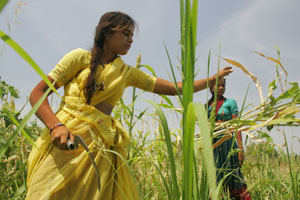 Support services desperately needed Support services desperately needed
India’s agricultural extension and support services have traditionally been weaker in the livestock sector than those in the crop sector; if India is to realize a flourishing livestock sector, it will have to make available to farmers support services, including animal health, breeding and feeding as well as credit. These should be provided by the private sector as well as the government, especially in the country’s high-potential areas. Studies show that farmers are willing and able to pay for good-quality services; what’s missing are enabling and supportive environments provided by the government that will allow the private-sector to operate. By encouraging the private sector, government can then use its scarce resources to target more marginal areas and communities, which are less attractive to private companies. Even here, government does not have to be the front-line service provider: it can provide funding while non-governmental organisations or even the private sector actually provide the services in innovative public-private partnerships. Key to successful extension is provision of advice and services in an integrated manner— complete integrated packages that deliver information on breeding, feeding and health coupled with business support services. Such integration needs staff with a comprehensive understanding of livestock and its role in farming systems and this in turn has implications for the way in which professionals are educated and trained.
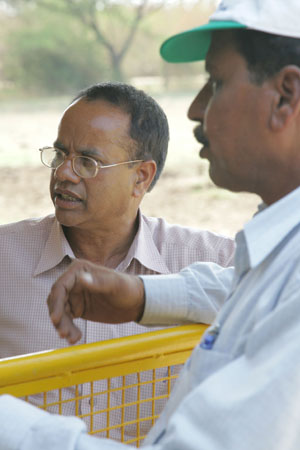 Livestock’s unrealized potential needs to be exploited Livestock’s unrealized potential needs to be exploited
Given the size of India’s livestock sector, it is surprising that India has no overall livestock policy. I am encouraged that the National Livestock Policy is in the final stages of development and look forward to its launch. This policy will be important to give direction to the livestock sector and to provide the context within which programmes can be developed and implemented. But since livestock is a State matter, it will be important for State Governments to consider whether they too should develop livestock policies. Chhattisgargh and Orissa have led the way in this respect, with Madhya Pradesh also developing a policy and the policy in Sikkim yet to receive cabinet approval.
India’s livestock industry has come a long way in recent years. There remains, however, a lot of unrealized potential in this sector. There is no simple way of achieving this – the country is too large and too diverse for a simple ‘one-size fits all formula’. The requirements of a large dairy farmer in Punjab are a world away from the needs of a tribal household in a remote part of Madhya Pradesh with a few chickens and goats. Nevertheless, with the right support, policies and investment, each of these farming households can develop and flourish.
—ENDS—
This article appeared in Veterinary Today Volume 1, Issue 2 (Jan-Feb 2009) published in India. It has been adapted for the web and reprinted with permission from Veterinary Today.
Contact
 Dr Iain A Wright Dr Iain A Wright
ILRI’s Regional Representative in Asia
CG Centres' Block B, National Agricultural Science Centre
Dev Prakash Shastri Marg
New Delhi 110012
India
email: i.wright@cgiar.org
Iain Wright
ILRI’s regional representative in Asia
|

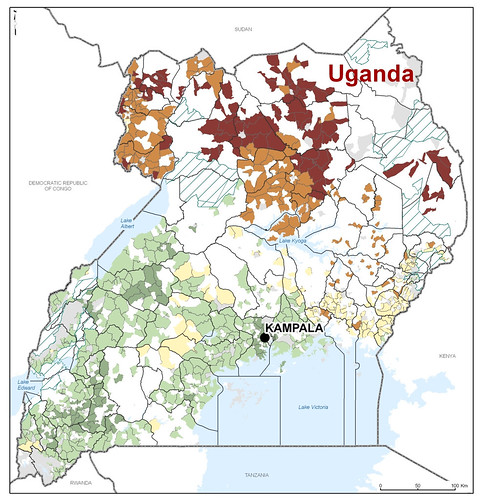
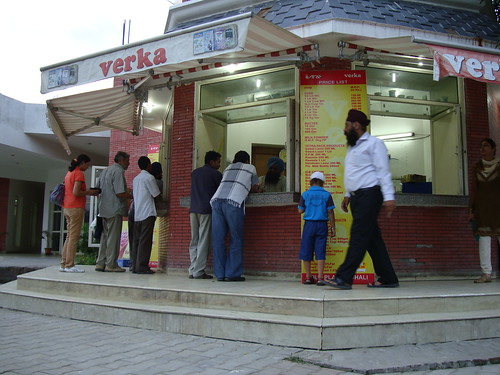

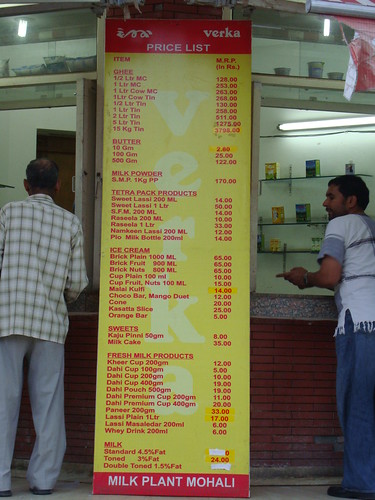
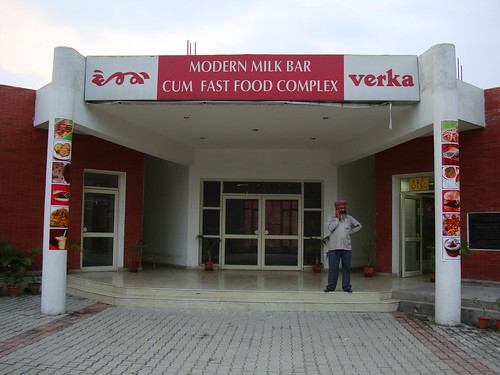

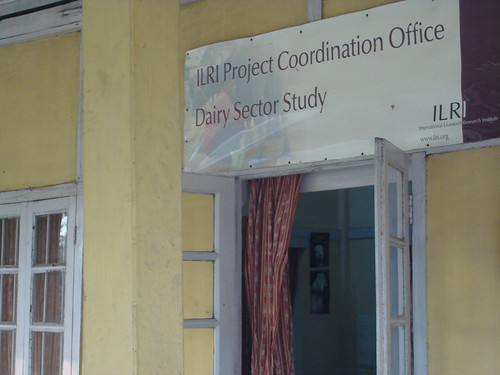
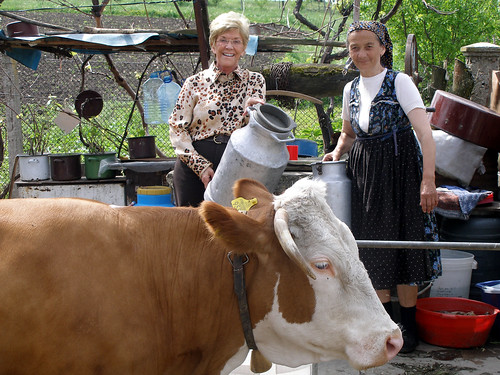
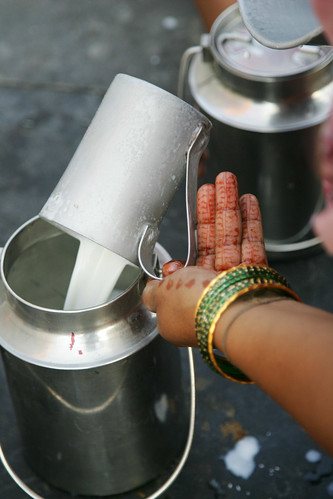
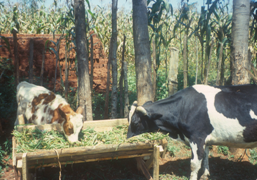 Also called elephant grass, Napier grass is planted on farms across East Africa as a source of feed for dairy cows. Farmers cut the grass for their livestock, carrying it home for stall feeding.
Also called elephant grass, Napier grass is planted on farms across East Africa as a source of feed for dairy cows. Farmers cut the grass for their livestock, carrying it home for stall feeding.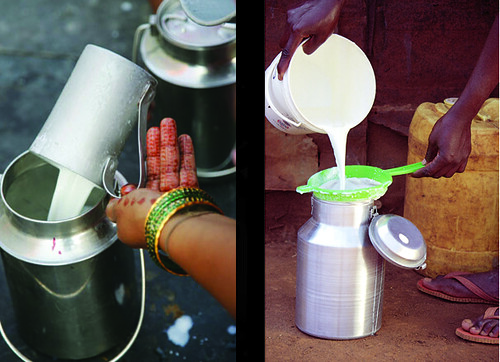








 Dr Iain A Wright
Dr Iain A Wright